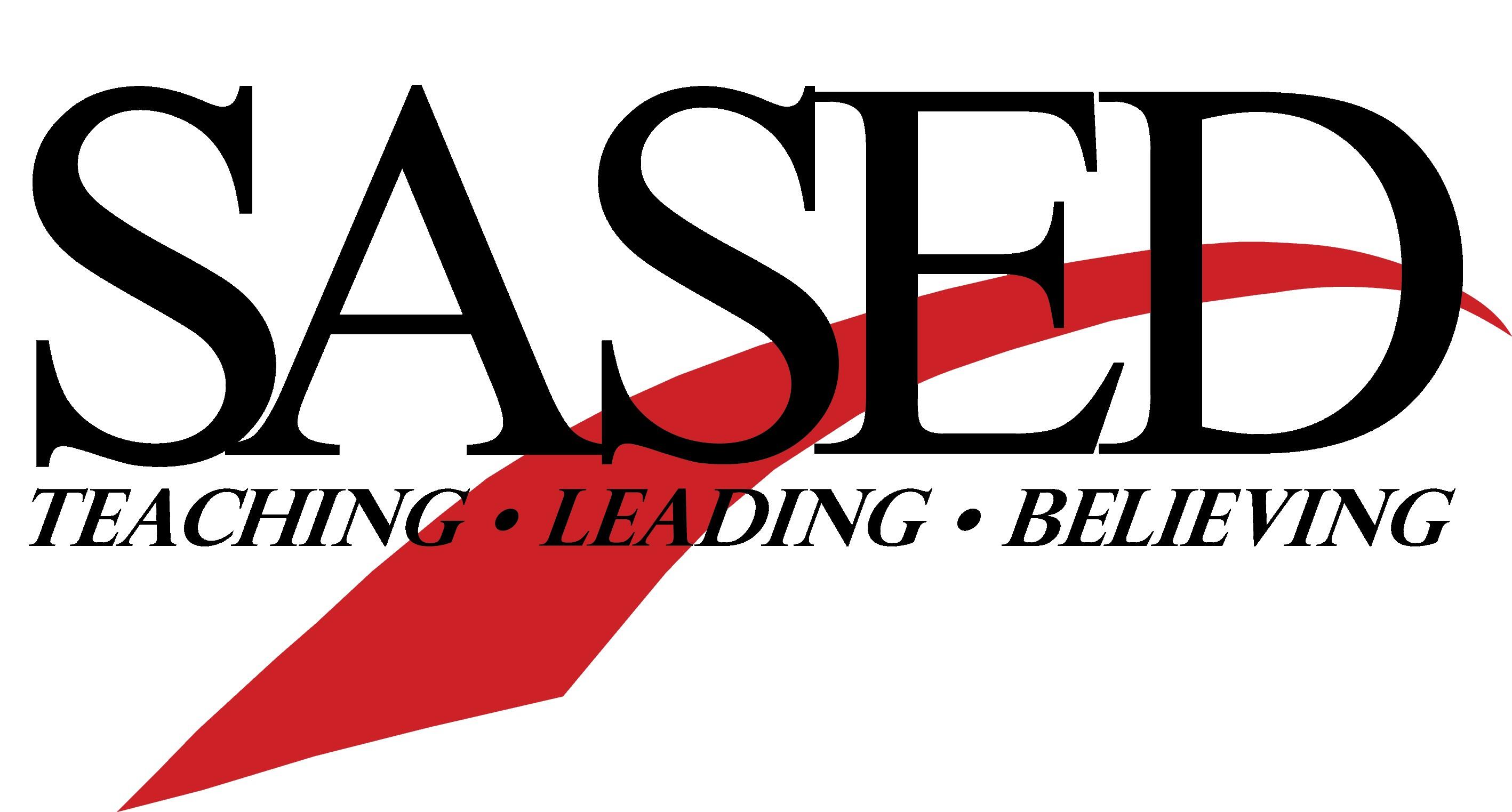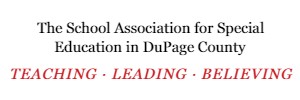Strategic Planning at SASED

Mission, Vision, and Core Values
Mission… is to maximize student outcomes
Vision… is to be the innovative leader that inspires, creates and implements best practices in education for all
Believing:
- all students can learn.
- independence, dignity and equity are the rights of all.
- to best serve students, we develop and sustain collaborative relationships.
Teaching:
- is student centered, solution focused, and considers the unique identities of students that provides equity and inclusion.
- is data informed, standards-aligned, evidence based, rigorous, and high quality.
- prepares students to lead enriched and productive lives within their communities.
Leading:
- through ongoing professional development to equip educators with best practice skills and competencies.
- by influencing and implementing federal and state mandates for special and general education.
- by being a resource for new research and initiatives in education.
- through partnerships which value the diversity and perspectives of stakeholders.
Strategic Plan Priority Areas for 2023-2027
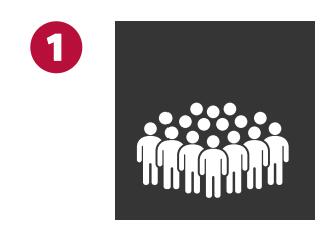
High Quality Staffing
Goals are to recruit and retain employees through strategic actions
Strategic Indicator
Increase recruitment rates across all employee groups
Strategic Objectives
| Outcome | Timeline |
|---|---|
| Measure fill rates per position and throughout the organization | Annually |
Strategic Indicator
Increase retention rates across all employee groups
Strategic Objectives
Retain current employees
| outcome | timeline |
|---|---|
| Measure an increase in % of staff by job category returning to SASED annually | Annually |
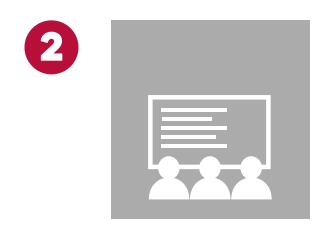
Exemplary Programs and Services
Goals are to enhance access, equity and opportunity to programs and reduce opportunity gaps, provide training, needs assessment and other strategies
Strategic Indicator
- Increased capacity to provide additional district students with access to SASED programs
- Students accessing SASED programs will have increased opportunities to participate in more inclusive settings and less restrictive programming
Strategic Objectives
- Placement opportunities for students will increase
- Inclusion opportunities for students will increase
| outcome | timeline |
|---|---|
|
Increase in % of district referrals resulting in placement |
March 2023 (annual review) |
| Increase student participation in general education | Annually each spring |
| Increase enrollment in the secondary transition program | |
| Increase district and program admin understanding and satisfaction with SASED services, placements, and collaborative processes |
Strategic Indicator
Implement annual differentiated professional learning plan for SASED staff based on teacher practice data and input
Strategic Objectives
Improve and sustain staff practice
| outcome | timeline |
|---|---|
|
A higher percentage of staff indicate satisfaction with professional learning opportunities provided |
2026-2027 |
| SASED staff report professional learning needs are being addressed through professional learning survey | |
| Improvement in quarterly learning walkthrough data |
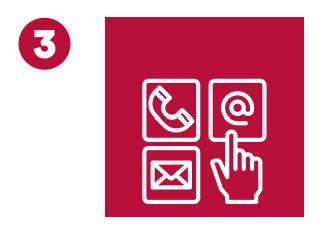
Communications
Goals are to develop, implement and continually evaluate communications plans and create written procedures for all SASED constitutents
Strategic Indicator
Enhance and increase organizational comprehensive communication satisfaction. (i.e., updates, emergency, procedures, training) by an increase in stakeholder satisfaction and participation
Strategic Objectives
Provide new, user-friendly communication tools
| outcome | timeline |
|---|---|
| Internal and external participants will report an increase in being satisfied or very satisfied on the communication survey items | Year 1 |
Strategic Indicator
Increase stakeholder ability to access and understand operational procedures
Strategic Objectives
Provide guidance and procedure documents for stakeholders
| outcome | timeline |
|---|---|
| Increase in guidance and procedure documents available to stakeholders | Multi year initiative years 2-4 |

Operations
Maintain fiscal responsibility through investigating organizational efficiencies, updating procedures and billing structures and developing master facility plan
Strategic Indicator
- Identify Revenue and Expense Efficiency
- Implement revised business services practices
Strategic Objectives
- SASED will develop the annual budget concurrent with the tuition billing pilot for FY23-25 limited to the tax cap CPI
- Billing practices will be clearly identified for member districts
| outcome | timeline |
|---|---|
| Provide monthly budget progress statement to Board | Begin 2023-2024 |
| Clarity in billing procedures and practices for items on the menu of services | Multi-year initiative |
Strategic Indicator
Expand provision of safe, supportive, inclusive, collaborative, technology infused learning environments
Strategic Objectives
SASED will develop a Facilities Master Plan
| Outcome | timeline |
|---|---|
| Long term facilities plan aligned to mission and vision | Fall 2023 |

